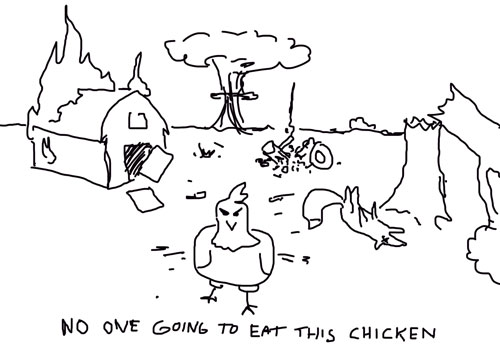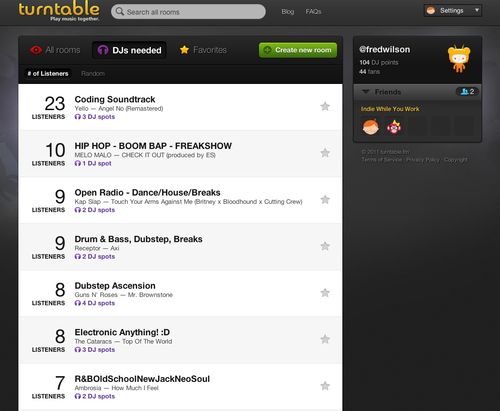Today we have a special guest post. There have been a few guest posts here at AVC. Maybe a half dozen in total. One of my favorites was this one by JLM during the financial crisis of 2008/2009. But this one today may top that gem.
It's from our favorite Giant Robot Dinosaur and it's about Minimal Viable Personality, something I have referred to as "voice" in pior posts. The Grimster is so right that this is critical to building a successful product.
One final note. If you want to tweet out one or more of the many awesome quotes in here, please add the hashtag #grimlockquotes. I'd like to watch them come in. Because you know they will.
————
MINIMUM VIABLE PERSONALITY
MOST IMPORTANT STEP FOR BUILD PRODUCT IS BUILD PRODUCT.
SECOND MOST IMPORTANT IS BUILD PERSONALITY FOR PRODUCT.
NO HAVE PERSONALITY? PRODUCT BORING, NO ONE WANT.
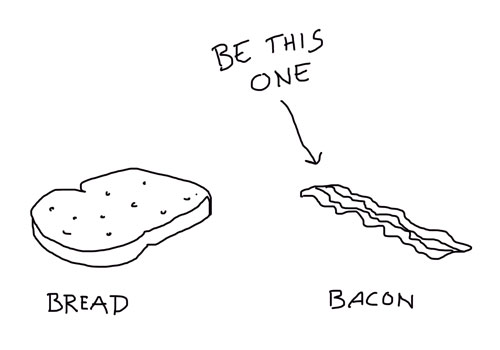
PERSONALITY BETTER THAN MARKETING
WHEN CHOOSE PRODUCT, HUMANS ONLY CARE ABOUT DOES WORK, AND IS INTERESTING.
WORLD ALREADY FULL OF THINGS DO WORK. MOST BORING.
PERSONALITY = INTERESTING. INTERESTING = CARE. CARE = TALK.
EVERYONE CARE AND TALK ABOUT PRODUCT? YOU WIN.
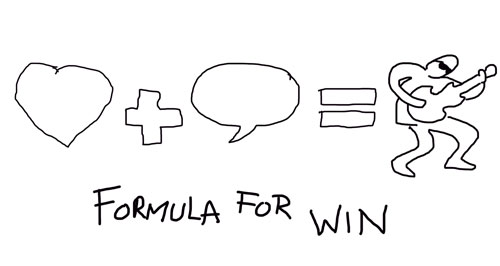
SELL TO FRIENDS, NOT STRANGERS
PERSONALITY MAKE PRODUCT FRIEND. YOU HELP FRIEND. YOU FORGIVE WHEN FRIEND NOT PERFECT. YOU WANT FRIEND WIN.
BORING STRANGER?… YOU NOT.
PERSONALITY IS API FOR LOYALTY. NO ONE CARE WHICH BORING STRANGER IS NEXT. BUT ALWAYS WANT FRIEND NEXT.
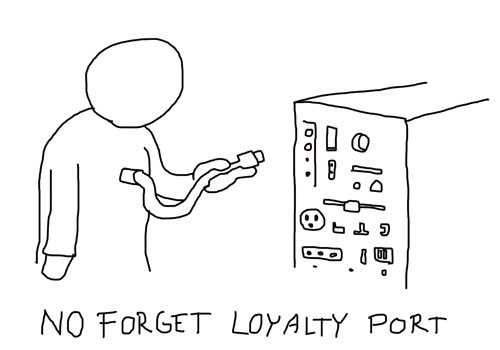
PERSONALITY MAKE MEANING
CAN PET ROCK. PET DOG BETTER. PET DOG HAVE MEANING.
BORING PRODUCT IS ROCK. NO HAVE MEANING. INTERACT WITH PERSONALITY DIFFERENT. HAVE MEANING.
INTERESTING PRODUCT THAT GIVE FRIENDS MEANING = MOST WIN OF ALL.
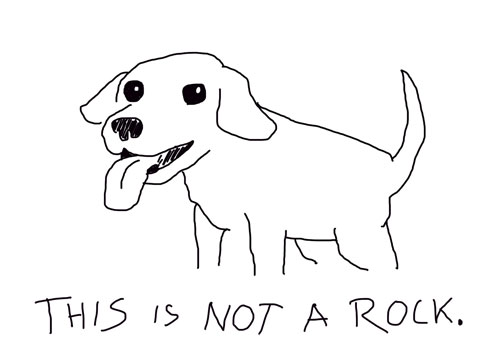
HOW NOT BE BORING
HAVE PERSONALITY EASY. ANSWER THREE QUESTIONS:
1. HOW YOU CHANGE CUSTOMER'S LIFE?
2. WHAT YOU STAND FOR?
3. WHO OR WHAT YOU HATE?
NOW HAVE MISSION, VALUES, ENEMY. THAT ENOUGH FOR MINIMUM VIABLE PERSONALITY.
KEEP IN BRAIN WHEN WRITE, TALK, BLOG, TWEET. ITERATE. IMPROVE WHAT WORK. DELETE WHAT NOT. PERSONALITY GROW.
NO BE CHICKEN
CHICKEN LIVE IN CAGE. NO CAN HAVE PERSONALITY INSIDE CAGE.
LAST STEP IS SMASH CAGE, LIGHT BARN ON FIRE.
DO THAT, YOU WIN.
